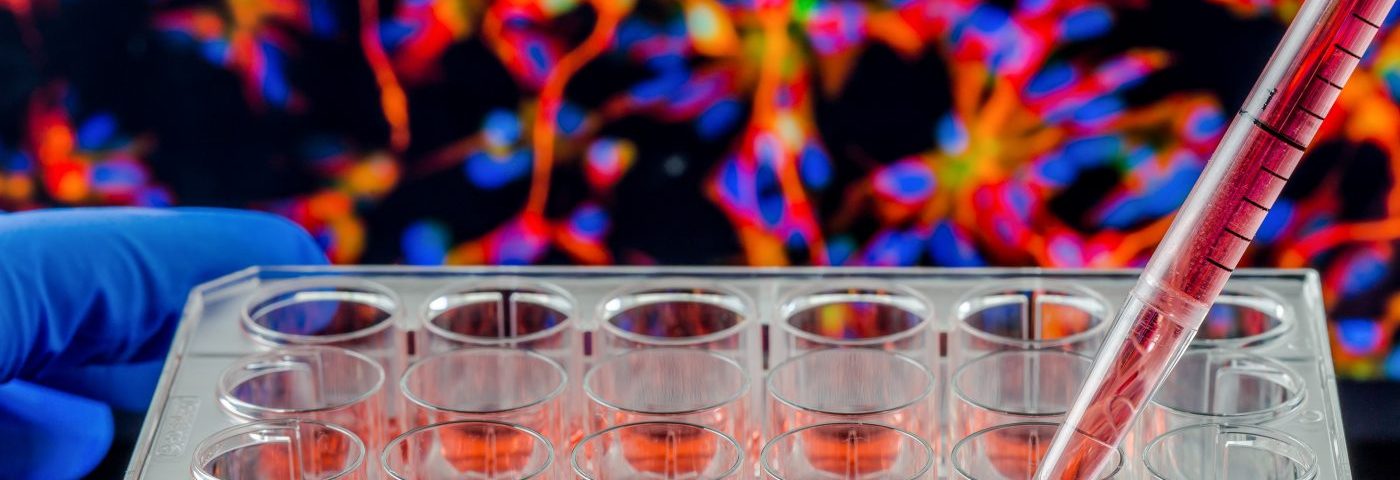Researchers at the Sanford Burham Prebys (SBP) Medical Discovery Institute have developed a new imaging system that can improve by five times the visualization of tumors compared to standard imaging methods.
The study, “In vivo cation exchange in quantum dots for tumor-specific imaging,” featured in the journal Nature Communications, shows that the novel proof-of-concept imaging system can make tumors generate bright signals by delivering what the researchers called “quantum dots” to malignant cells.
“Tumor imaging is an integral part of cancer detection, treatment and tracking the progress of patients after treatment,” Kazuki Sugahara, MD and PhD, adjunct assistant professor at SBP, adjunct associate research scientist at Columbia University and senior author of the study, said in a news release.
“Although significant progress has been made in the last two decades, better and more sensitive detection, such as the method we are developing, will contribute to more personalized and potentially more effective interventions to improve the clinical outcomes of cancer patients,” said Sugahara, who is also an adjunct associate research scientist at Columbia University.
The new method uses nontoxic particles, quantum dots or QDs, which emit intense fluorescent signals when exposed to light. The particles are linked to small peptides that recognize malignant cells, and injected into the bloodstream. Then, QDs that did not enter cancer cells are made invisible by an injectable compound, which they called “etchant,” that eliminates their fluorescent signals.
Gary Braun, PhD, and author of the study, said the novelty of this nanosystem is how the “etchant” works. Contrary to QDs, the compound cannot cross cell membranes, meaning it can only interact with QDs outside the cells. This allows the elimination of all unspecific signals, while the fluorescent signals of tumor-specific QDs are retained.
The research team demonstrated the efficacy of this new imaging method on mouse models of breast, prostate, and gastric cancers.
“To our knowledge, this is the first in vivo example of a background-destroying etchant being used to enhance the specificity of imaging,” Sugahara said. “We are encouraged that we were able to achieve a tumor-specific contrast index (CI) between five- and ten-fold greater than the general cut-off for optical imaging, which is 2.5.”
Now, the team plans to further develop their imaging nanosystem to be used in more practical and commonly used methods, such as PET scans and MRIs, Sugahara said. A new company will be formed to continue the development of the imaging platform for human use.

